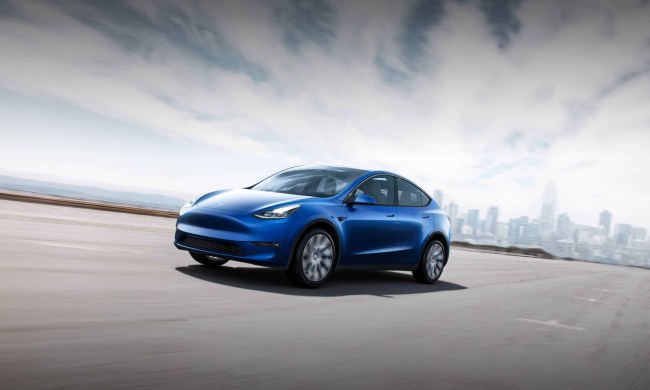In the United States, motorists who buy a new Tesla Model S are eligible for an array of federal and local tax breaks because the all-electric sedan is considered a zero-emissions car. The story is different in Singapore, however, where the nation’s first Model S owner just found out his car is subject to heavy taxes because it’s lumped in the same category as some of the dirtiest new cars on the market.
Joe Nguyen explains he spent seven months trying to import a Model S that he bought in Hong Kong to his home in Singapore. The government’s Carbon Emissions-based Vehicle Scheme (CEVS) rewards motorists who import a used eco-friendly car with a roughly $11,000 tax break, but Nguyen was slapped with an $11,000 fine based on the conclusion that the S uses too much electricity.
“I don’t get it, there are no emissions. Then they send out the results from VICOM, stating that the car was consuming 444 watt hours per kilometer. These are not specs that I have seen on Tesla’s website, or anywhere else for that matter,” explained Nguyen in an interview with Channel NewsAsia.
A spokesperson for Singapore’s Land Transport Authority (LTA) said the fine is fair and completely justified.
“As for all electric vehicles, a grid emission factor of 0.5 g CO2/Wh was also applied to the electric energy consumption. This is to account for CO2 emissions during the electricity generation process, even if there are no tail-pipe emissions,” wrote the spokesperson in a statement. The LTA added that it had never tested a Model S before it received Nguyen’s car.
That means that, under Singaporean regulations, the Model S falls in the same emissions category as cars with an internal combustion engine that emits between 216 and 230 grams of CO2 per kilometer. In other words, it’s about as eco-friendly a high-performance, gasoline-burning models like the Audi RS 7, the Mercedes-AMG GT S, and the Porsche Cayenne S.
Tesla CEO Elon Musk said he spoke to Lee Hsien Loong, the prime minister of Singapore, about the fine. Loong promised to investigate the situation, but a spokesperson for the prime minister’s office told The Straits Time that it’s still too early to predict whether or not the fine will be upheld.


